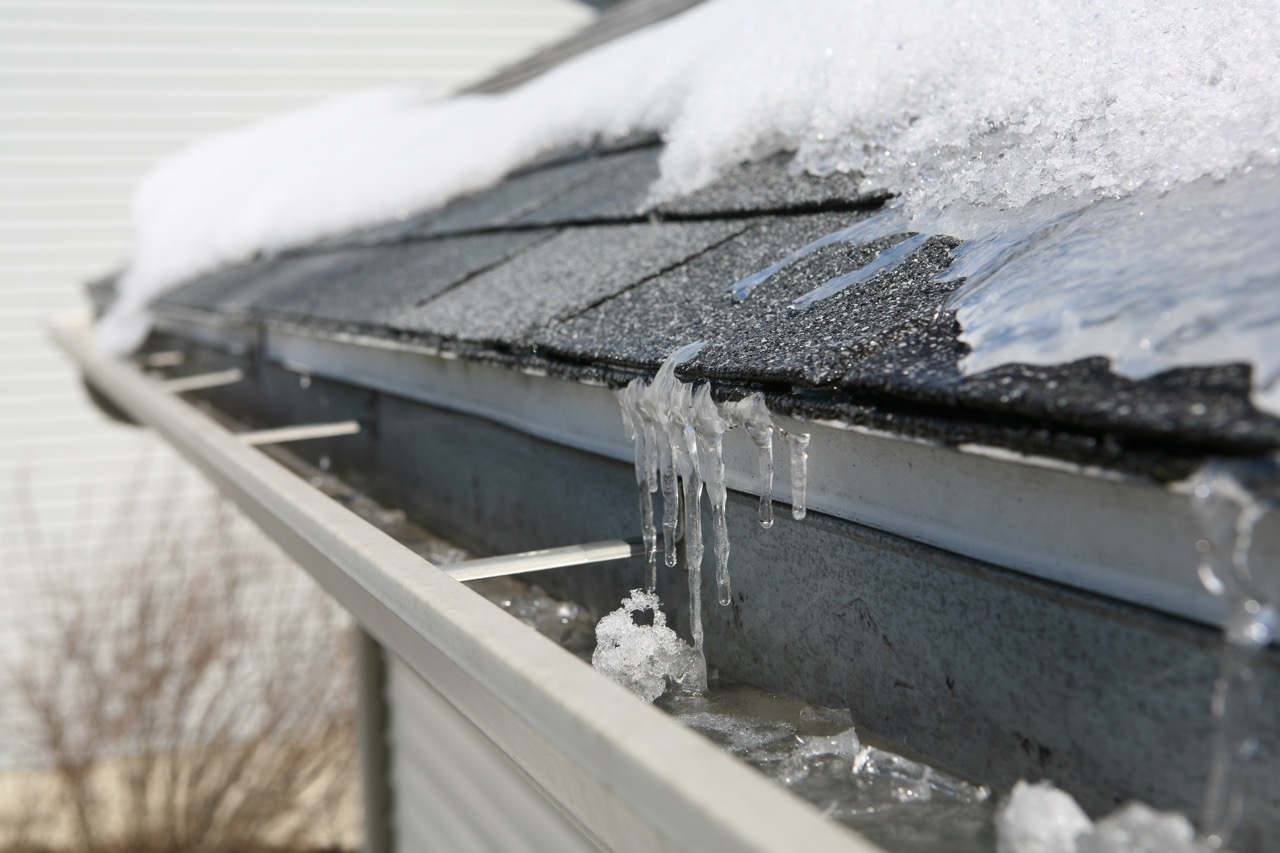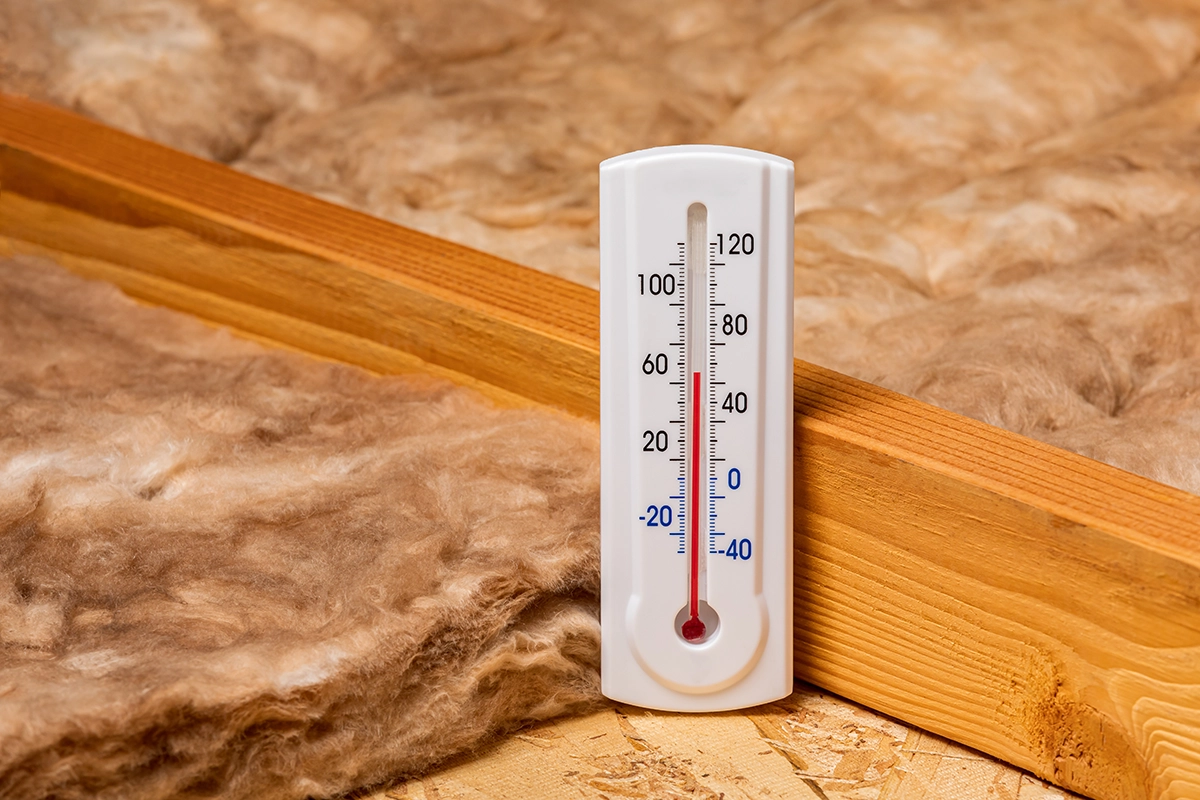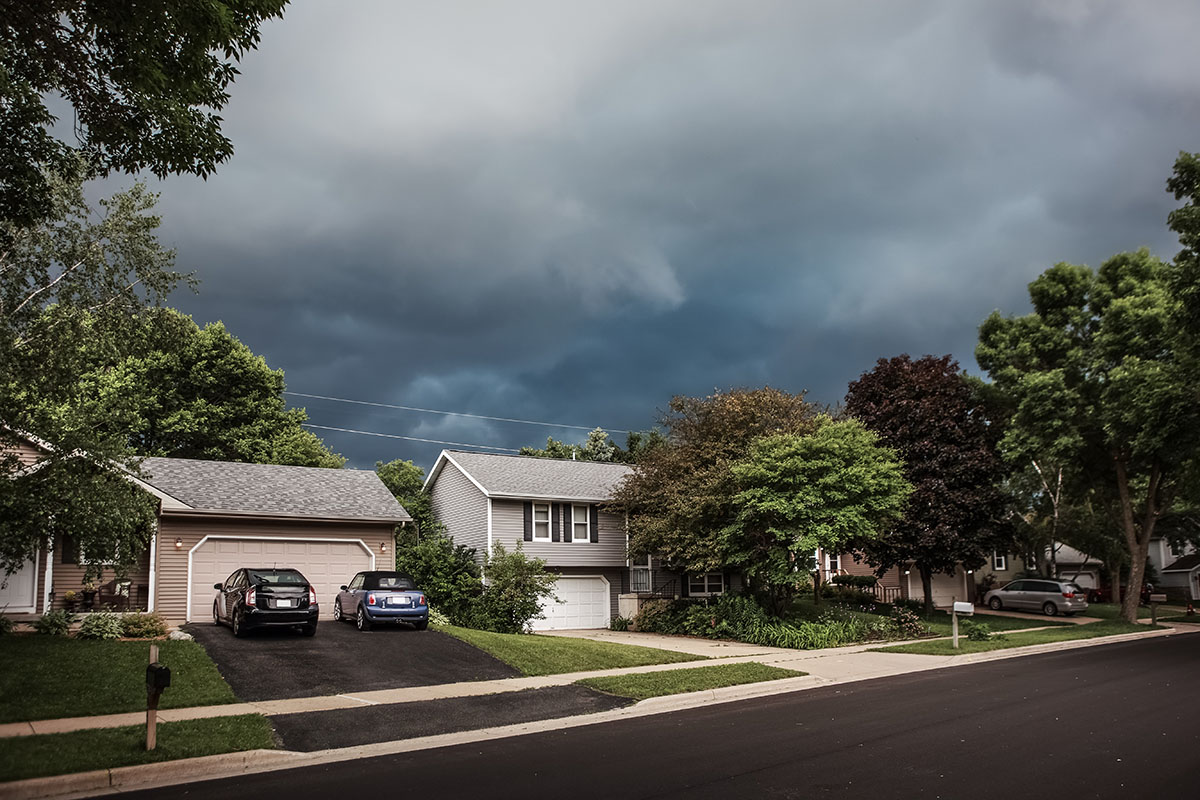Summary

A roof without a gutter is like a plant pot without holes; there’s nowhere for excess water to drain through. As a result, excess water will stagnate and later promote the proliferation of disease-causing molds and insects. Similarly, if your roof lacks a gutter, rainwater runoff will either fall directly to the ground, weakening the soil around your home, or splatter on your walls when blown by wind.
A roof gutter helps keep your home free from water damage. There are many ways rainwater or snowmelt can leak into your home—a missing shingle, broken flashing, or even a poorly installed ridge cap—but nothing triggers leak more than a malfunctioning gutter. After all, it is where all the water that drops on your roof goes first. To better understand how a broken or misaligned gutter can be a more serious problem than you think, let’s dissect the gutter system and learn the role of each component.
Major Parts of a Roof Gutter
A roof gutter is made up of more or less 17 different parts, each of which has a unique function. However, we will only be examining the major ones as it’s enough to understand how the whole system works.
- End Cap
- – When runoff is too strong, water and debris may flow out through the back end of the gutter. This portion of the gutter is closed with an end cap to direct the flow toward the system.
- Gutter
- – This is the main horizontal component of a gutter where rainwater directly drops from the roof and gushes into the downspout.
- Drop Outlet
- – Because the downspout is typically a PVC pipe, it requires the outlet of water from the gutter to slightly protrude. This drop outlet is particularly necessary when the downspout is located somewhere in the middle of the gutter and not at the end or at an exterior wall corner.
- Elbow
- – Sometimes, obstructions or design corrections require the downspout to change direction. This can be accomplished by installing an elbow (a bent pipe) between portions of the downspout where change in direction is needed.
- Downspout
- – This is the vertical pipe where water collected in the gutter flows into and down to the catch basin. It is often connected to the gutter through the drop outlet.
- Splash Block
- – Water from the gutter drops through the downspout at high speed causing a huge splash at it hits the ground. The exterior wall and other objects nearby can easily get splashed and wrecked. To reduce the splash, a splash block is placed at the end of the downspout.
- Catch Basin
- – In case installing a splash block isn’t applicable, a catch basin is the next best option. This is a box with aggregates of sand and gravel at its base that reduce splash as it catches water. In most modern designs, the catch basin directs the water to the main sewer where it’s conveyed into the community sewer.
Gutter Problems and Their Effects
When you see mold or algal bloom along the drip path on your home’s exterior wall or maybe water damage in your roof deck, it’s an indicator that your roof gutter is broken. Here are some examples of gutter damage.
- Separated Gutter Sections
- – Debris from the roof that don’t make it into the catch basin collect along the gutter joints. When the buildup becomes too heavy, the joints might split up, cutting the path of water. This can be fixed by reconnecting the split gutter parts and sealing the joints. Expert roofers such as Muller Exteriors, however, recommend using rivets instead of caulk to make the connection stronger.
- Almost Totally Horizontal
- – Just like any other drainage system, a roof gutter relies on gravity to function properly. Rainwater must be able to flow downwards as soon as they fall into the gutter, which is why the gutter must be slightly slanted to the direction of the downspout. If not, water will drain slowly until it fills the gutter and start backing up into the attic. The gutter must have a slope of 0.6 cm per 3 meters.
- Clogged Gutter
- – Apart from causing parts of the gutter to collapse, debris buildup may also clog the gutter. Can clogged gutters cause roof leak? Most certainly it can. When left unattended, the clog can block the entire cross-section of the gutter, forming a dam. Excess water filling up this dam has nowhere else to go but inside your house. To avoid clogged gutter problems, experts recommend installing a gutter guard to filter our debris.
- Sagging Gutter
- – Sometimes, it doesn’t take a hefty accumulation of debris to break a gutter. Depending on what material the gutter is made of, it can fail to tolerate its own weight, causing it to sag. When this happens, water will flow towards the lowest portion of the sag and add to the weight of the gutter. It’s just a matter of time before the gutter fully collapses.
Fixing a broken gutter right off the bat could save you thousands of dollars in roof repair. Also, as mentioned at the beginning of this article, a leaky gutter could lead to the weakening of the soil around your home. If the density of your soil continue to drop, the stability of your home’s foundation may be affected as well. This is why it is extremely imperative to have your broken gutter fixed by an expert roofer as soon as possible. Just make sure that the roofer you will hire is well-versed in gutter repair.







